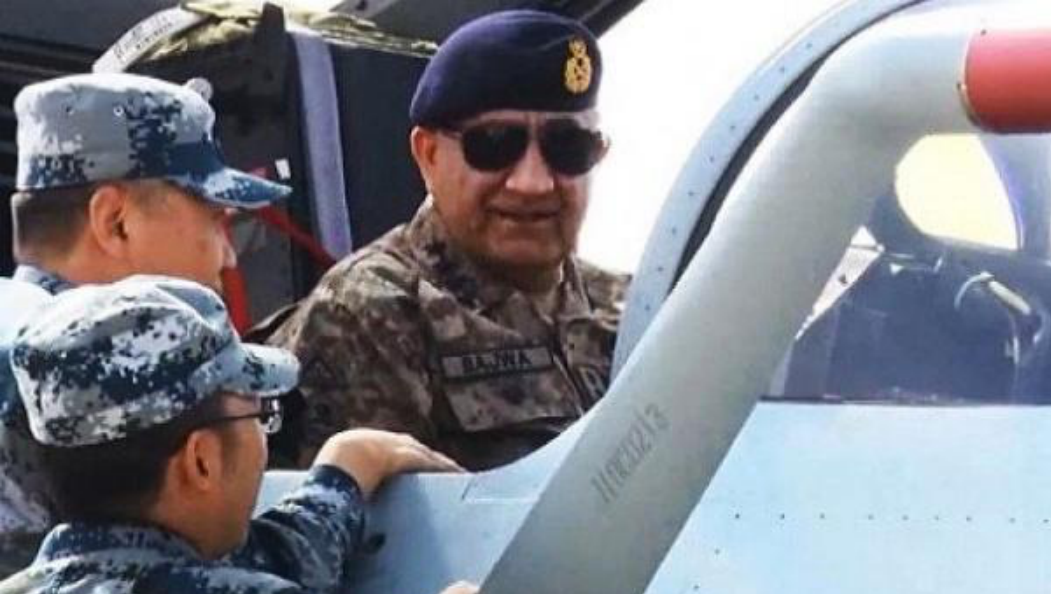
File Photo: General Qamar Javed Bajwa, Chief of Army Staff of the Pakistan Army,personally conducts a test drive of a Chinese J-10C fighter jet. Even so, it isn’t easy for Pakistan to make up its mind to purchase this type of aircraft.
When it comes to China’s exporting of high-end military equipment, the exporting of J-10 fighter jets to Pakistan is an inevitable topic.
Although Pakistan already offered an olive branch to China’s J-10 fighter jets and its Chief of Army Staff Qamar Javed Bajwa even personally mounted on a J-10C during the “Shaheen-VII” China-Pakistan joint air exercise at the end of 2018, it remains hard for the country to make up its mind to sign the official contract to purchase J-10 aircraft.
It is recently reported that two other countries are likely to purchase China’s J-10 fighter jets before Pakistan. A sole international market for China’sJ-10 fighter jets is taking shape.
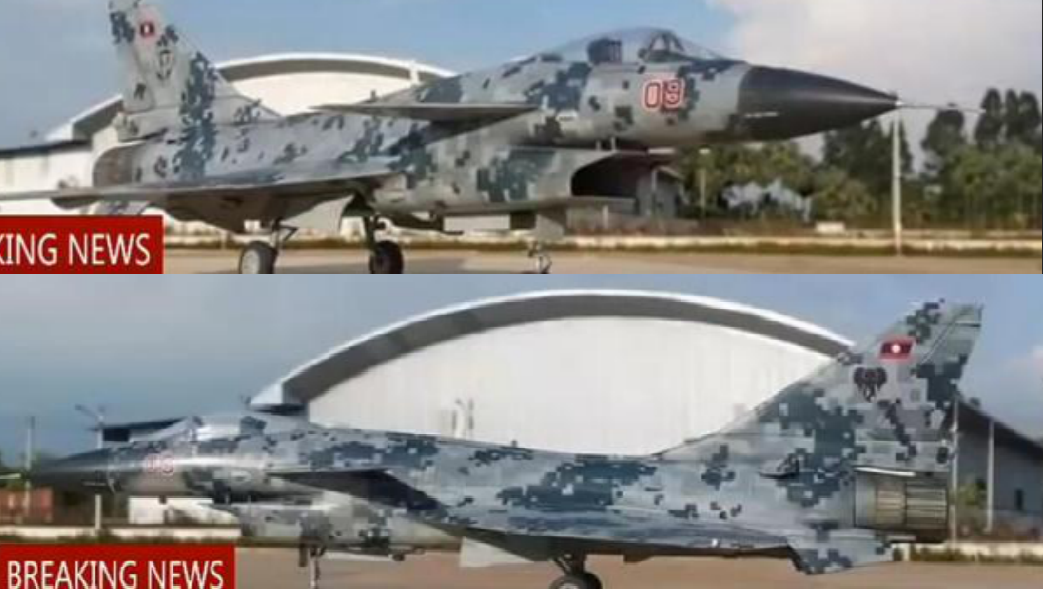
File Photos: Compared with Pakistan, Laos, from its media to individual netizen, would prefer to see the J-10 fighter jets being commissioned in its air force as soon as possible.
Laos is one of the aforesaid two countries. On January 14th, the Royal Lao Air Force completed a test flight of the Yakovlev Yak-130 advanced jet trainer imported from Russia. In the past, a dominant view was that Laos would make the Yakovlev Yak-130 the main fighter jets in its air force.
However, Laos’ domestic media recently conjectured that importing the Yakovlev Yak-130 was just a move to prepare for the purchase of new main fighter jets, which is likely to be China’s J-10C. Moreover, Laos' netizens posted many photoshopped images of J-10C fighter jets in the digital painting of the Royal Lao Air Force. Upon analyzing the demand of the Royal Lao Air Force, it isn’t totally a rumor that Laos will purchase J-10 fighter jets.
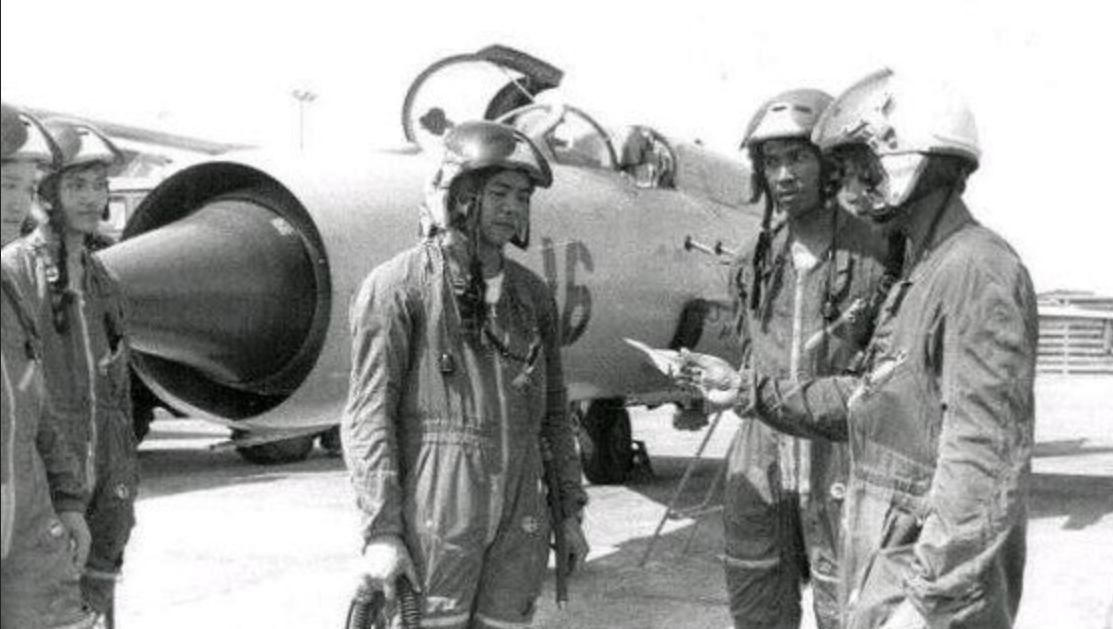
File Photo: The in-service fighter jets of the Royal Lao Air Force are outdated, making the country vulnerable compared with its powerful neighbors.
From both historical and geographical perspectives, Laos is a country lacking a sense of security. It borders comparatively powerful Thailand in the west and ambitious Vietnam in the east. The Royal Thai Air Force has long been equipped with US F-16 fighter jets and Swedish JAS 39 Gripen fighter jets. The Vietnamese Air Force is equipped with Su-27 and Su-30 fighter jets from Russia and is reported to purchase the latest Su-57 fighter jets.
However, the main fighter jets of the Royal Lao Air Force remain the outdated MiG-21 fighters. Facing air threat in both west and east directions, Laos is in urgent need to introduce the advanced 4th-generation fighter jets to reinforce its air force. Indeed, China’s J-10 is the best choice due to its reliable performance and stable supply.
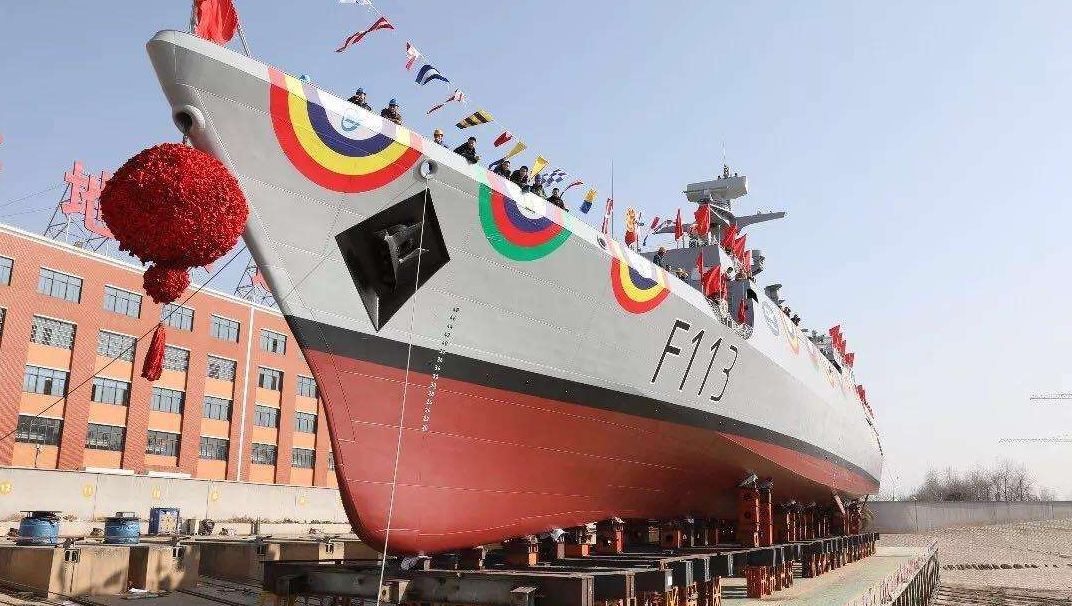
File Photo: The picture shows a Type C28A frigate purchased by Bangladesh from China, indicating that Chinese military equipment enjoys a good reputation in Bangladesh.
The other country is Bangladesh. In 2018, the Bangladeshi Air Force sent a delegation to conduct a field survey of the performance of the J-10C. Then, Bangladesh became the first country to express the intention to purchase the aircraft. Of all international clients of Chinese military equipment, Bangladesh is an important but easily neglected country.
In 2018, the Bangladeshi Army announced to cancel the contract of purchasing Russia’s T-72B3 tanks, but imported 300 heavily upgraded Type 59 tanks from China. the Bangladeshi Navy imported in 2018 two Type 053 H3 frigates from China to establish a main fleet, including five Chinese-made frigates as backbone vessels.
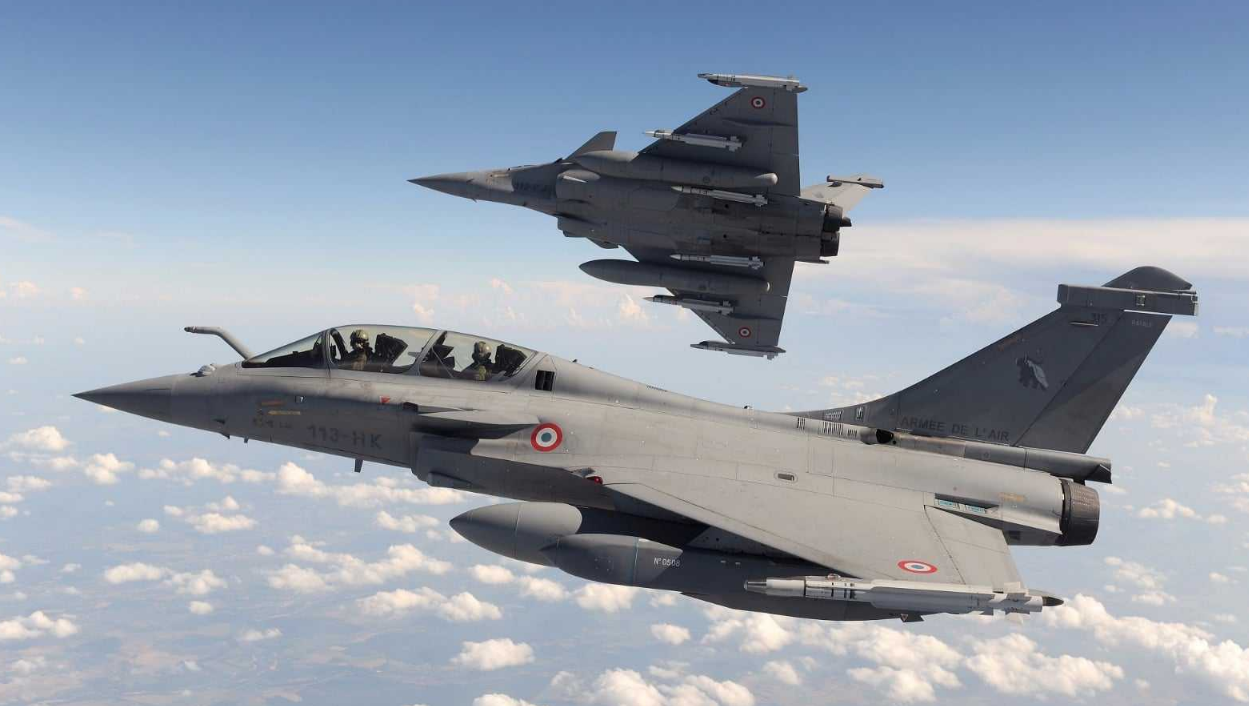
File Photo: Facing the serious threat from India’s Rafale fighter jets, Bangladesh has an urgent demand for China's J-10 fighter jets.
The Bangladeshi Air Force has realistic demand for J-10 fighters. The first batch of 36 Rafale fighter jets that India purchased will form two squadrons to be deployed near India’s borders with Pakistan and Bangladesh, respectively.
Compared with that of Pakistan, the Bangladeshi Air Force is comparatively weak and lacks strong support from any third country. Facing the abruptly mounting pressure from the Indian Air Force, Bangladesh finds it necessary to commission the 4th-generation fighter jets with equal performance to the Rafale.
Considering the long-standing cooperation in arms between China and Bangladesh and the maturity and outstanding performance of the J-10 series, it is necessary for Bangladesh to choose the J-10C—the most advanced type of the J-10 series—to reinforce its air force.
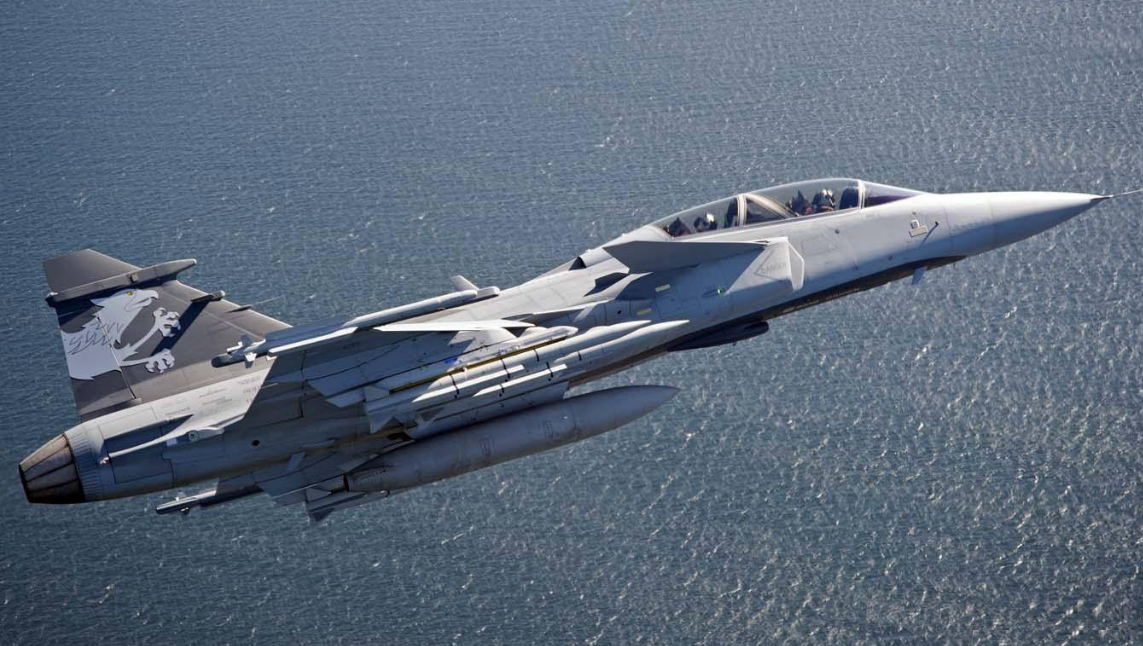
File Photo: In the future, Sweden’s JAS 39 Gripen is likely to be a powerful rival for China’s J-10 fighter jets whether in arms markets or in the battlefields.
Even if Laos and Bangladesh sign contracts to purchase China's J-10 fighter jets, their purchased volumes will be enough to equip only 1-2 squadrons (namely, 12-24 units of aircraft) considering the limited sizes of their air forces.
Moreover, it is unlikely for the two countries to build assembly lines or major overhauling facilities. Nevertheless, the export orders for J-10 fighter jets from the two countries are still very significant, which are worth seizing for China through certain compromises over price and technology.
Both Laos and Bangladesh are weaker than their neighboring countries in terms of air force. The fighters equipped by their rivals are not only more advanced, but also major competitors for the J-10 in the international arms market. Therefore, the performance of the J-10 in the two countries will be crucial for the Chinese fighter jets to expand exports to foreign countries including Pakistan.

File Photo: Considering their high prices and usage costs, the Eurofighters Typhoon and Rafale are not more competitive than the J-10.
From the perspective of the overall development of the international warplane market, the 4th-generation aircraft remains the most popular before the 5th-generation stealth fighters are shelved.
Europe’s Typhoon and Rafale fighters are notorious for their extremely high prices and maintenance costs (with a unit price of nearly US$100 million).Russian fighters lag behind in performance, and US fighter jets face high export barriers.
Although those early aircraft models have grabbed large volumes of orders, they are considered “would-be foes” by latecomers, which makes it hard for them to win new clients. In this context, the J-10C fighter jets, which was born in a time when China’s overall jet fighter R&D capacity sees exponential growth, emits unimaginable attraction and even becomes the only choice for a big proportion of customers in the international market.
Against the backdrop of counter-terrorism worldwide, the US and Europe loosened restrictions on arms export, and China’s fighter jets had yet to be mature in performance. But now the situation has changed. The contradiction between emerging demand and traditional supply in the international military aircraft market is becoming increasingly prominent, and the J-10 series has gradually become a jet fighter with global competitiveness after continuous improvements.
In the future, if China's J-10 can be exported to Laos, Bangladesh, and Pakistan, it will be only a matter of time for the fighter to win more international orders.
Disclaimer: The author is Liu Chang, reporter with the Opinion.Ifeng.com. The article is translated from Chinese into English by the China Military online. The information, ideas or opinions appearing in this article are those of the author from the Opinion.Ifeng.com and do not reflect the views of eng.chinamil.com.cn. Chinamil.com.cn does not assume any responsibility or liability for the same. If the article carries photographs or images, we do not vouch for their authenticity.









